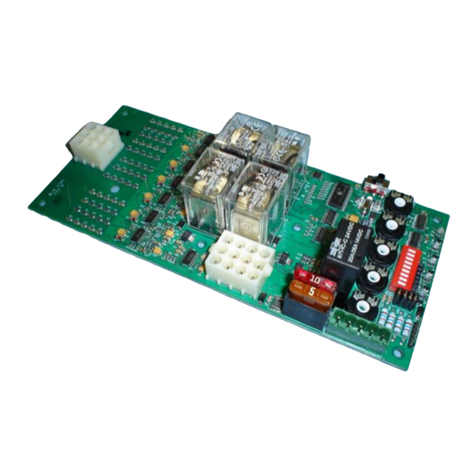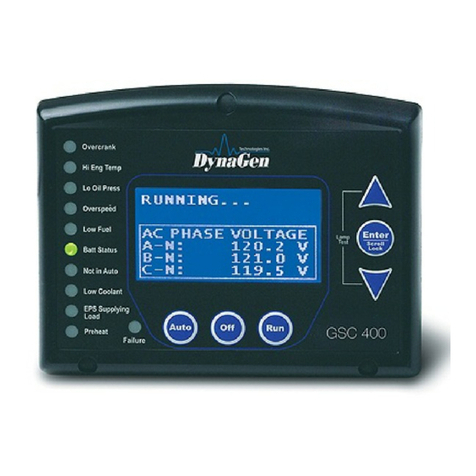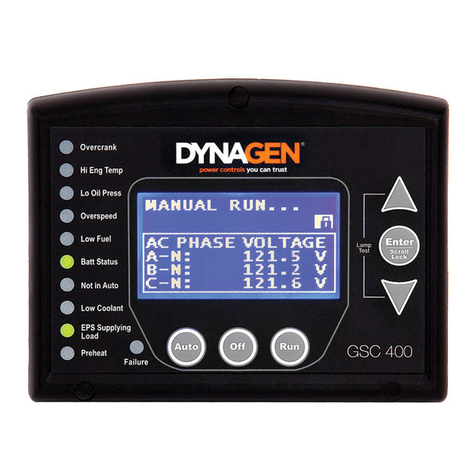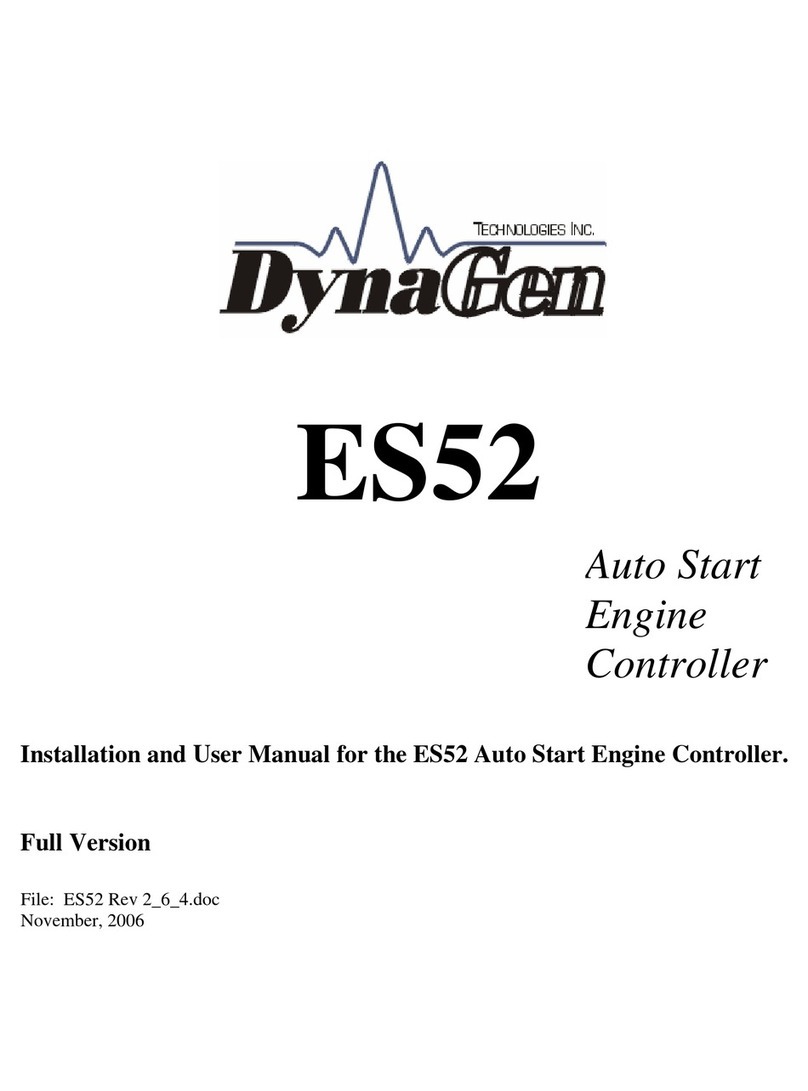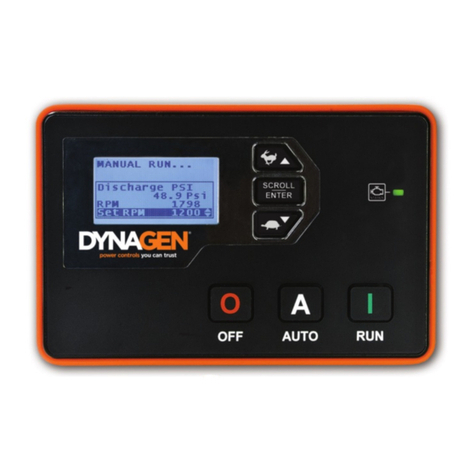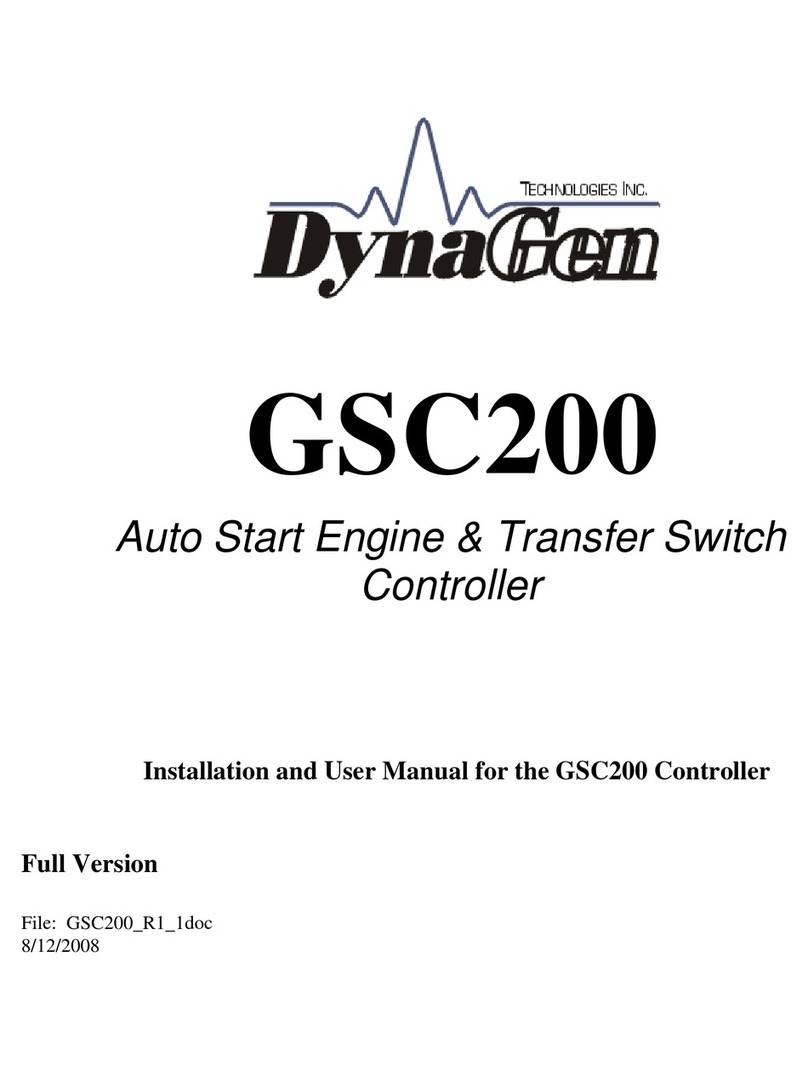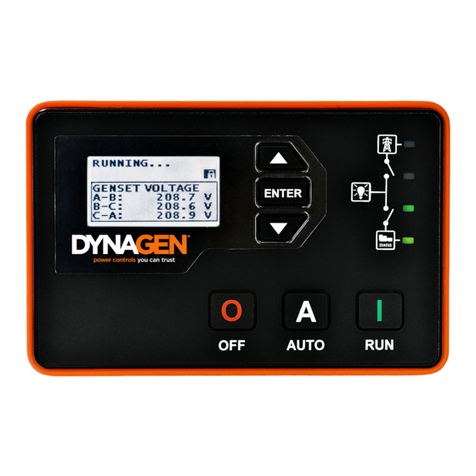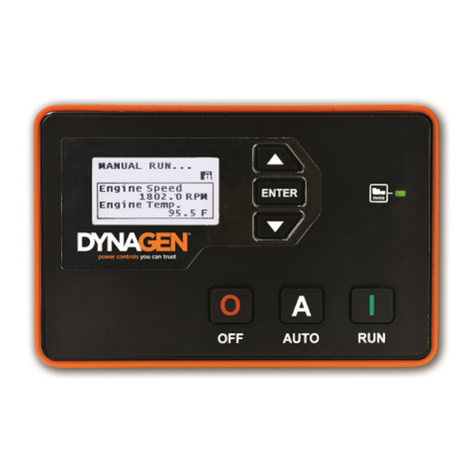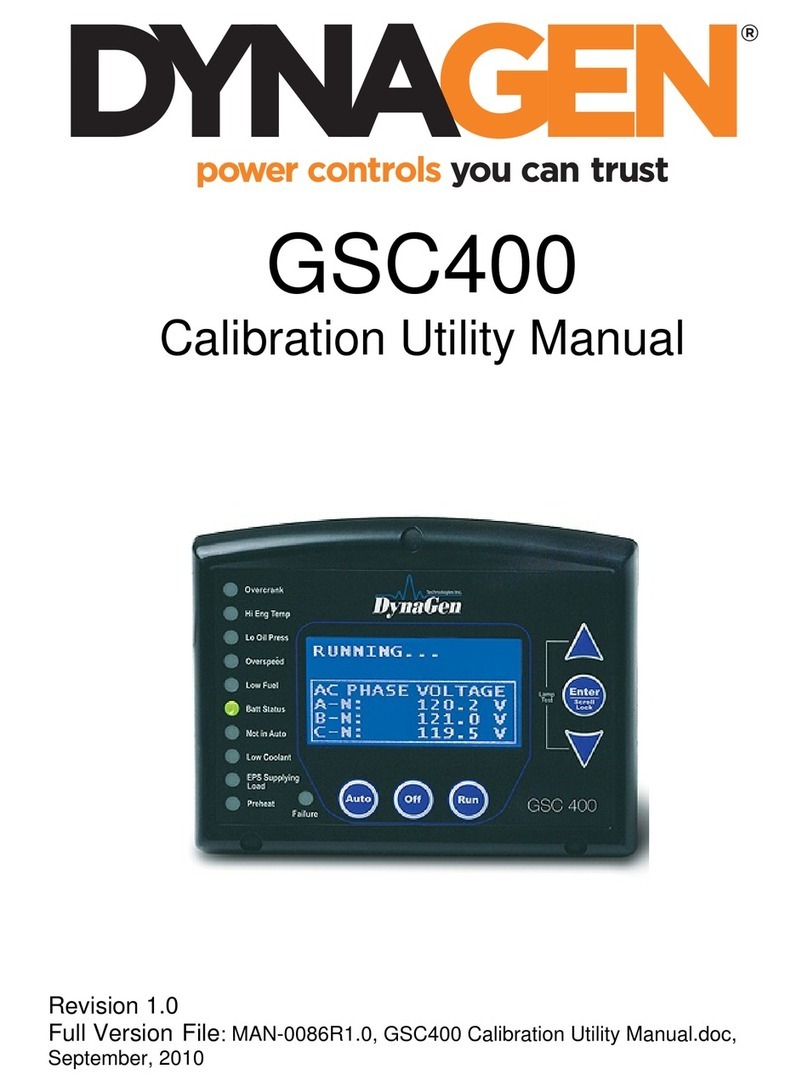2.2 Wiring Guidelines
1. WARNING: DO NOT apply external voltage to annunciator outputs (terminals 13 to 18).
This will damage the ES52. If this may occur in your application, place a diode in series with
each affected annunciator output.
2. DO NOT use wire smaller than 18 AWG.
3. The connections supplying DC power to the ES52 panel should preferably run directly from
the battery posts with no splices or other connections except a 25A fuse connecting the
positive line directly to the +Battery terminal. Avoid, as much as possible, using chassis
(aluminum or iron engine parts) as return conductor for battery negative voltage; copper
wiring is recommended. Failure to follow the above may result in erratic operation, due to
large voltage drops across wiring connections.
4. DO NOT short Crank output or Fuel outputs to ground, as this will cause on board 20Amp
fuse to blow and may result in damage to the ES52’s onboard relays.
5. When replacing fuse, removable terminals and relays, only use factory recommended parts.
6. DO NOT use AC coil slave relays from controller outputs. Use intermediate relays of
suitable size and coil rating.
NOTE: All ES52 engine controllers are shipped standard with 12VDC coil relays for
+12 VDC systems. If the engine controller is used in a +24 VDC system, the onboard
relays MUST be replaced with 24VDC coil relays.
7. DO NOT exceed the maximum rated current and voltage on each of the controller outputs.
Do not exceed 10 Amps for the Fuel output, 10 Amps for the Crank output, and 300mA for
the Annunciation and Timer outputs.
8. The Annunciation and Timer outputs are internally protected against overload and short
circuit (fault) NOTE: When a fault appears on one of the annunciation outputs, only that
specific output becomes un-operable, all other annunciation outputs and the entire front panel
LED’s continue to operate. When the fault is removed and the unit is restarted, the output
resumes proper operation.
9. Two wires must be connected for the speed signal
10. Diodes are provided across Fuel, Crank, and Annunciation outputs, to protect the outputs
from inductive kick-back. Diodes should be placed across slave relay contacts when used to
actuate any inductive loads, such as solenoids, to protect the contacts from damage caused by
arcing. In addition to prolonging the useful life of the relays, placing such diodes will help
reduce generated electrical noise.
11. To verify the operation of engine controller outputs, measure voltage (i.e. meter in volts)
when outputs should be ON.
